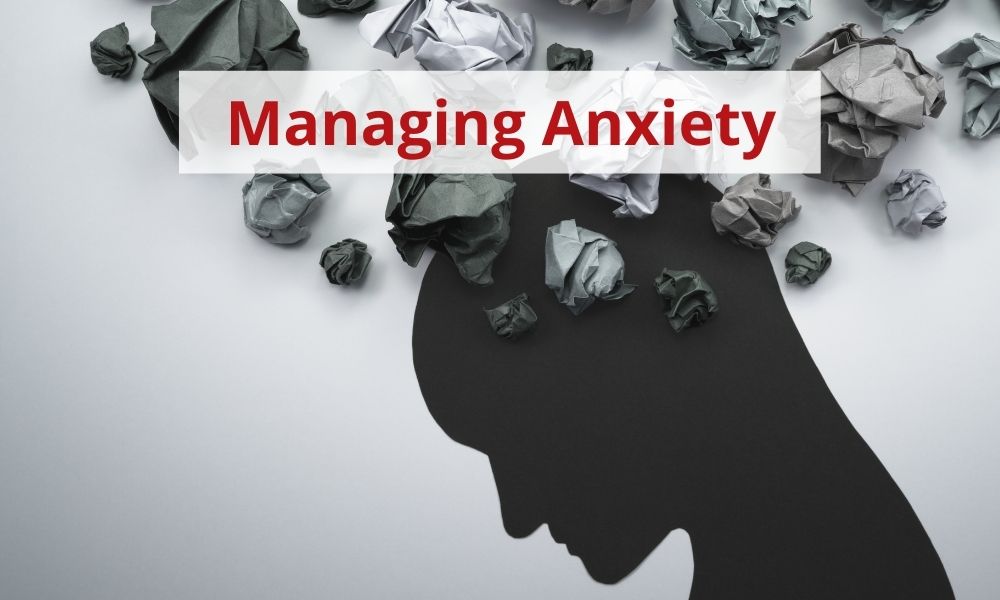Back in December, I felt nervous about my upcoming trip home to Minnesota to visit family. The anxiety slowly built throughout the month, and I attempted to manage it by keeping myself busy, being organized, and managing my schedule.
Controlling my feelings and environment worked as an antidote until it didn’t.
A week and a half before Christmas, I took my car to the local dealer for the usual oil change and tire rotation before driving eight hours each way. I had taken along my computer so I could work while I waited.
In the diagnostics, they noticed my battery needed charging. The only time they could do it was that morning, so I rearranged my schedule. Still no problem.
As I waited the extra 90 minutes for the additional car care, my anxiety started to arise. As the time passed by, I got a panicky feeling – my chest tightened, my heartbeat faster, and my respirations became shallow.
I still managed until there was a snafu in retrieving my car. Whatever semblance of control remained vanished in that instant. With horror, I watched myself have a meltdown. The extra 15 minutes of wait-time to get my car out of the service bay felt endless, and the feeling of being trapped took over. I snapped at the service rep.
One of the common coping mechanisms for dealing with anxiety is control. When that sense of control is disrupted, the anxiety it was covering often returns full force. It was definitely true for me that day.
There are many ways we attempt to control situations causing anxiety. We might ask very specific, detailed questions. We might become regimented and believe that our way is the only way. We might need a sense of tidiness and order to our environment. We might begin to micro-manage.
While all of these strategies to control our environment may work in the short-term, they have drawbacks. They can make others around us uncomfortable or even cause harm. (As was true in my case of getting angry at the service agent.) And they’re only effective to a point. If something happens to strip away that sense of control, the anxiety comes rushing in.
Away from the stressors and back in my comfortable environment once again, I reflected on my morning at the car dealer. If I had been more present with myself as the anxiety started to build, I may have been able to calm myself with deep breathing or going outside for a walk while they retrieved my car. I also could have explained that I was on the verge of a panic attack and asked for their assistance in expediting the return of my car.
This experience reminded me of more effective tools to manage anxiety – breathing, moving the body, and comforting the anxious inner child.
This work is real, and it matters.
February 9, 2022

